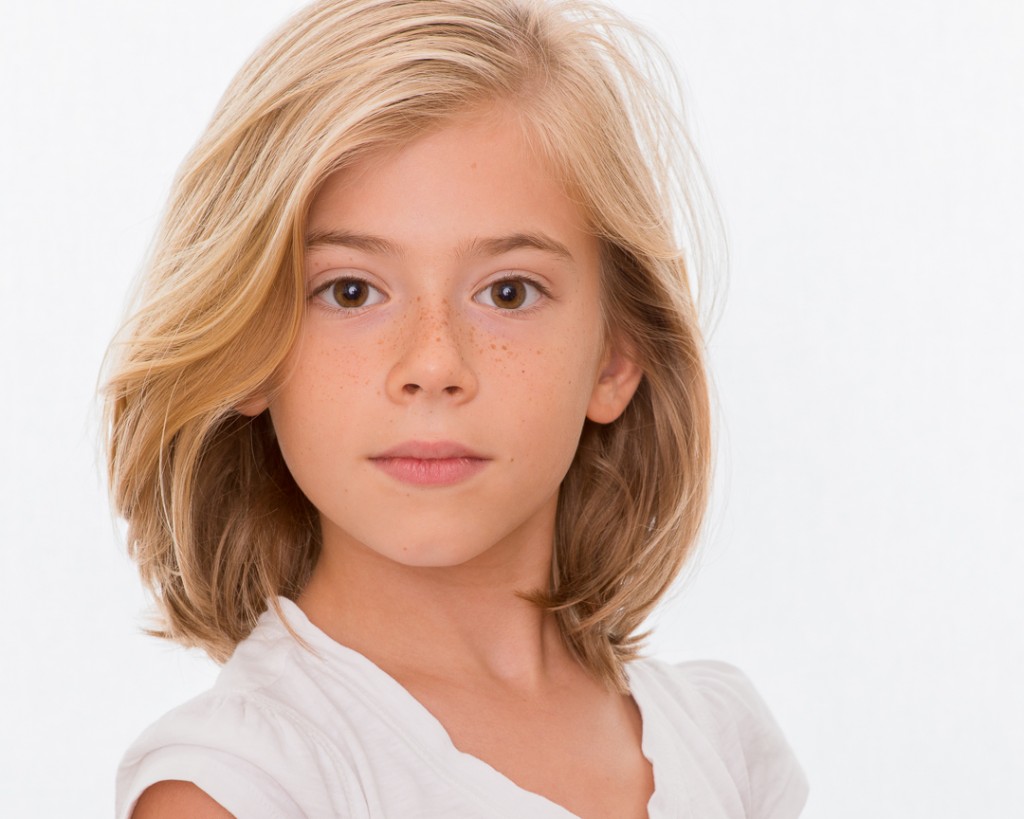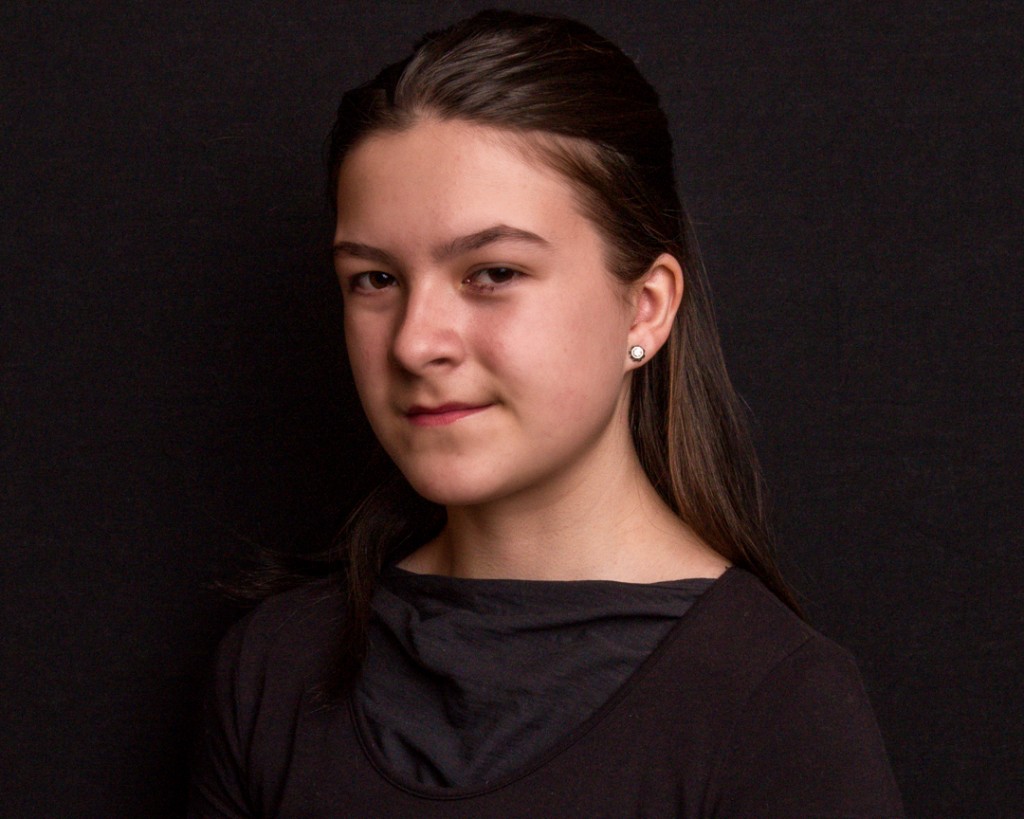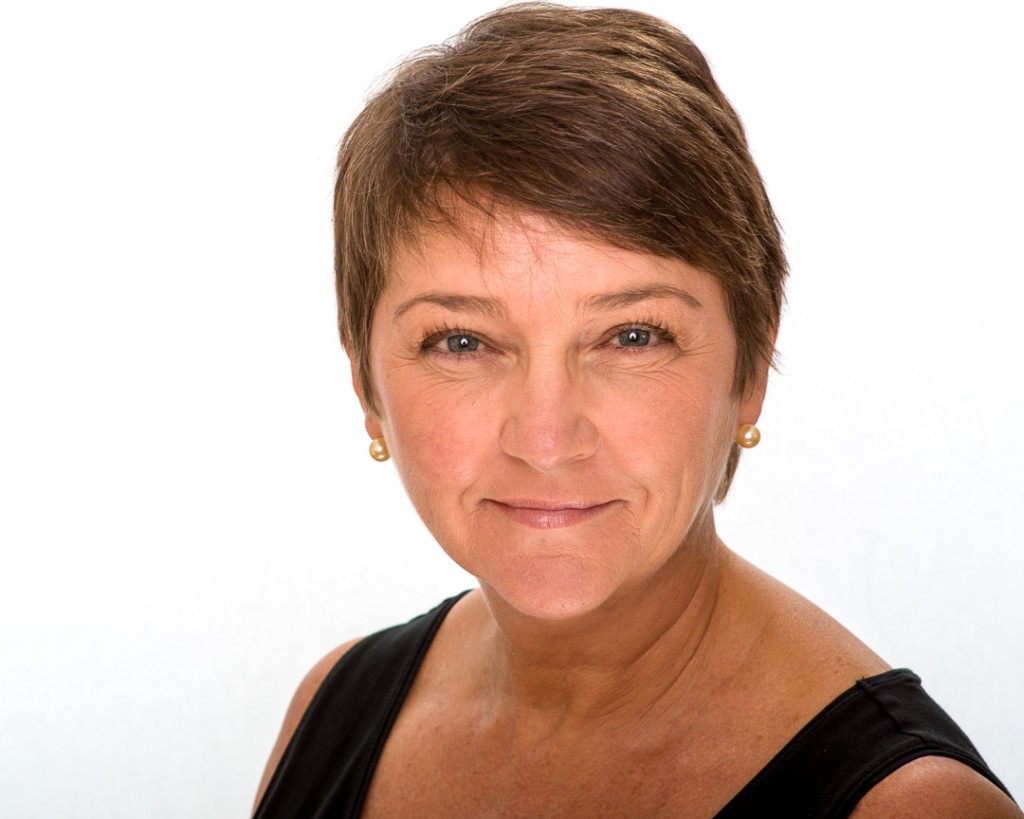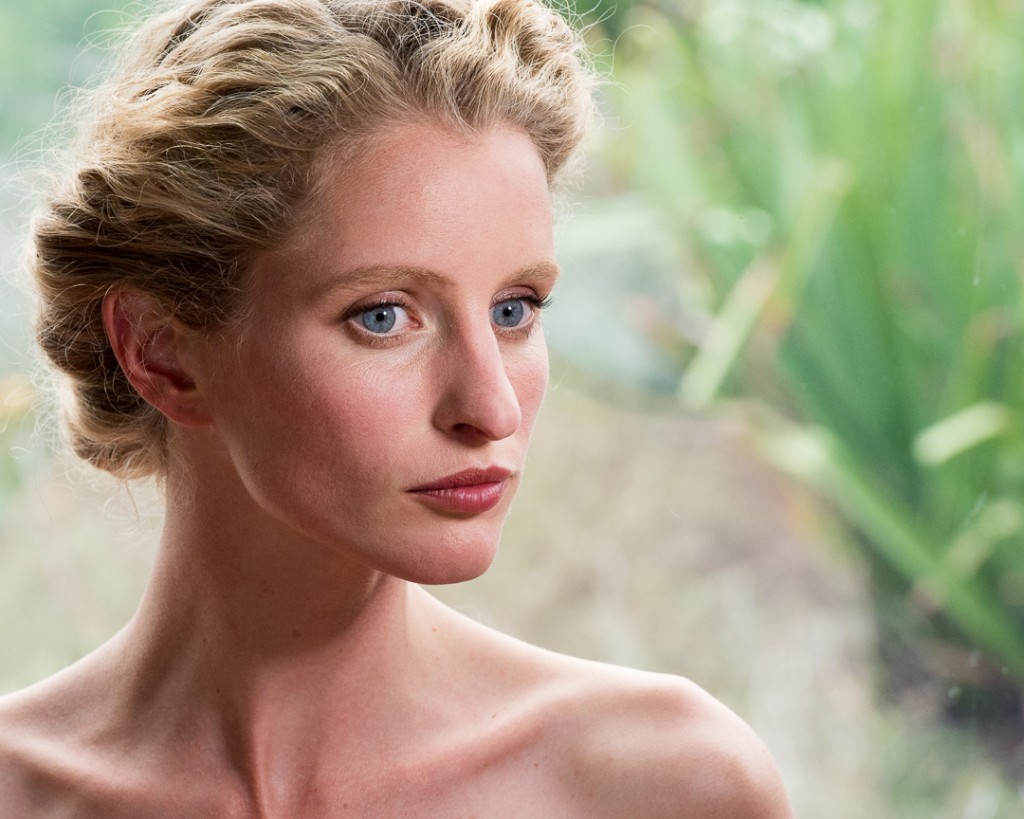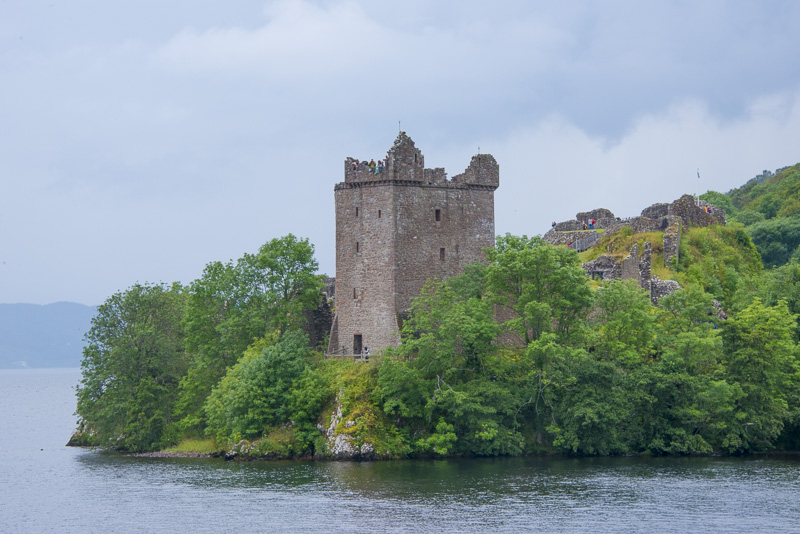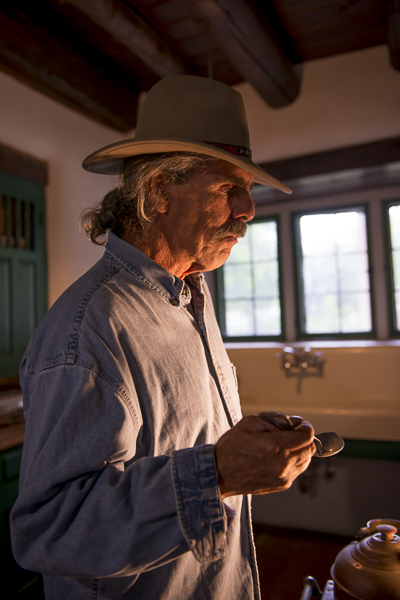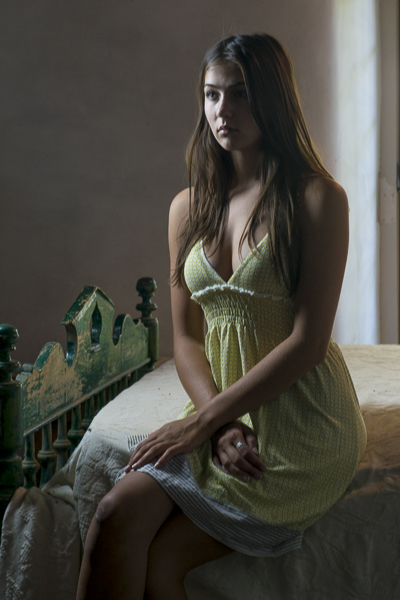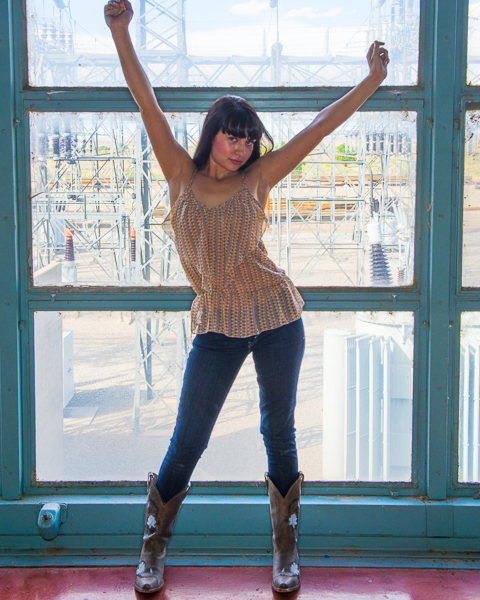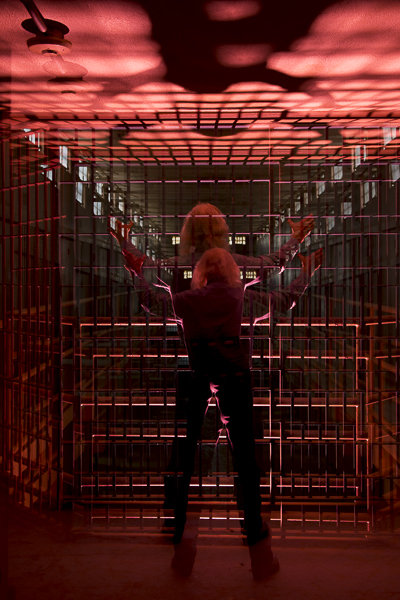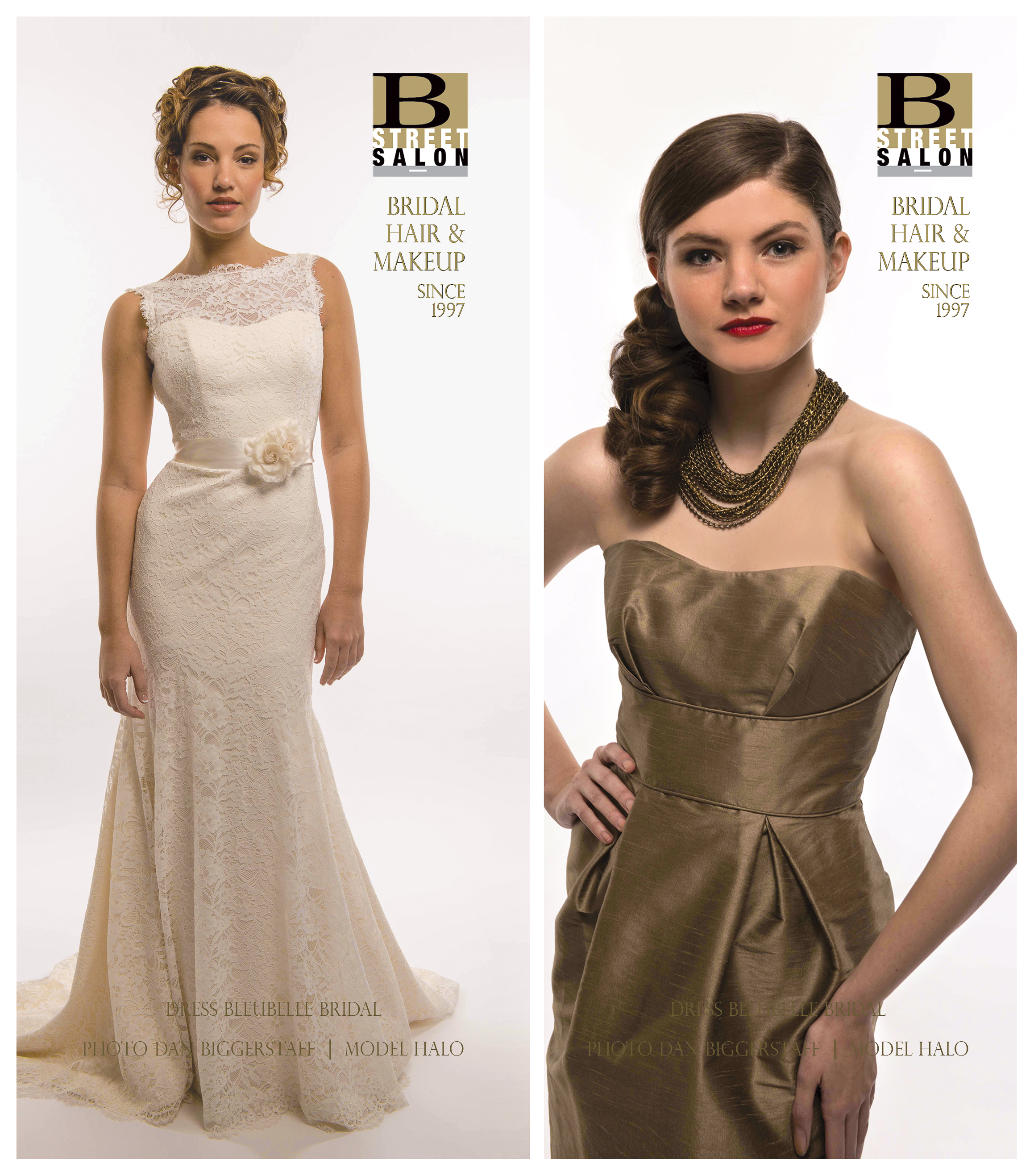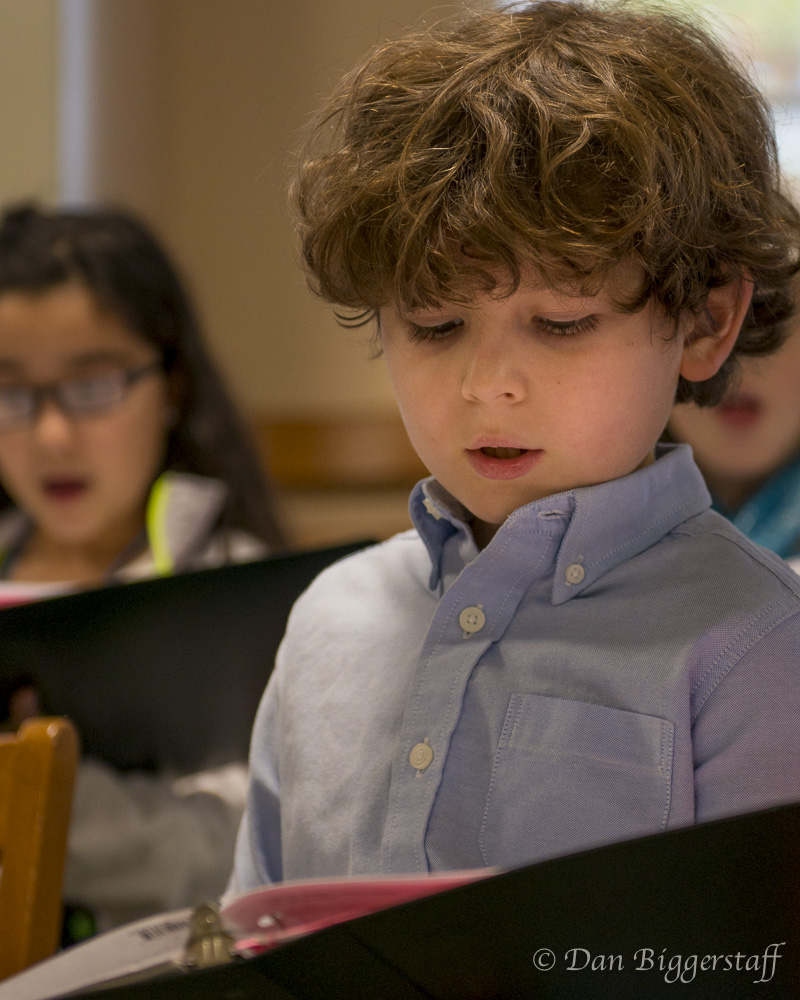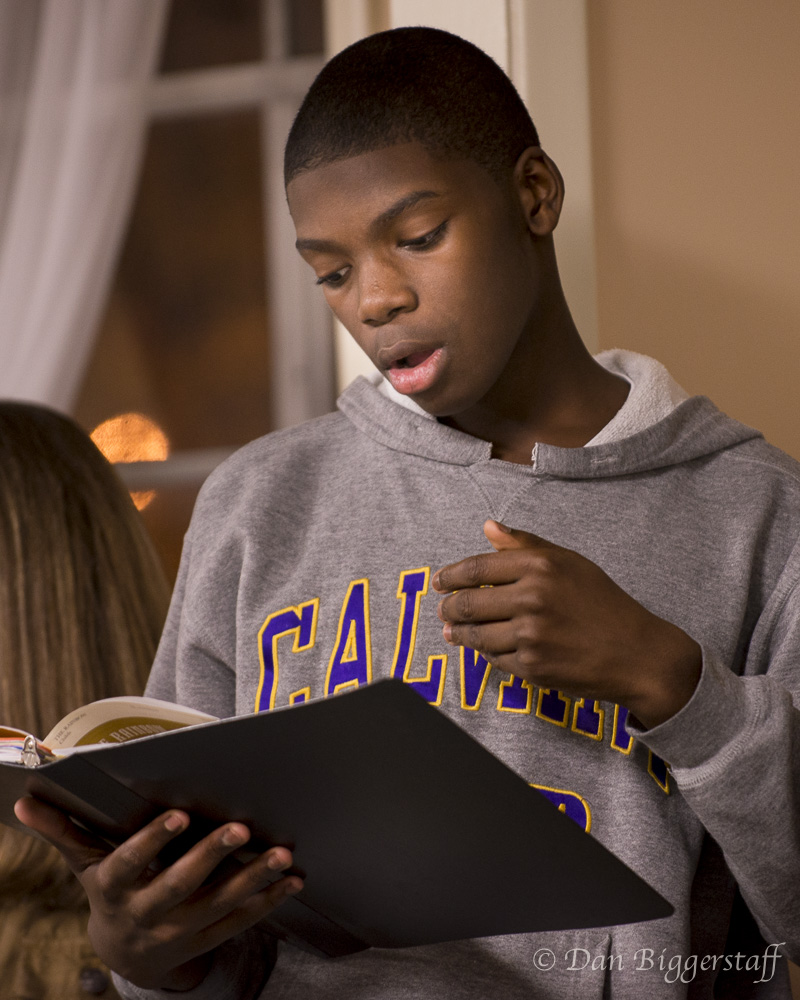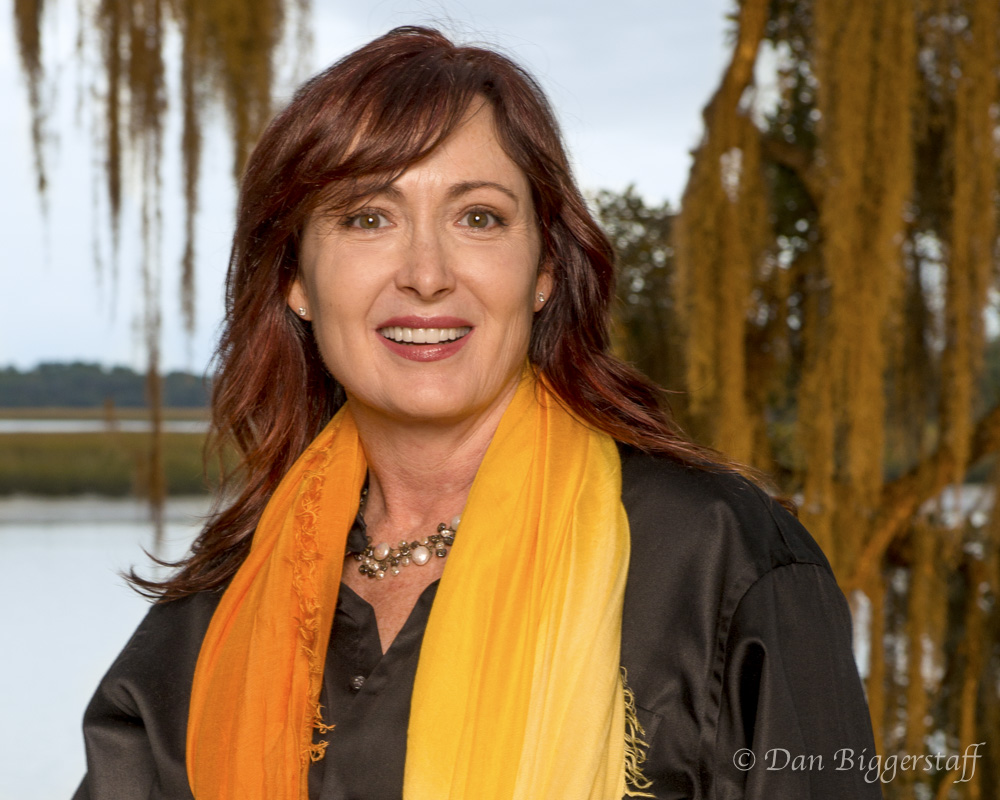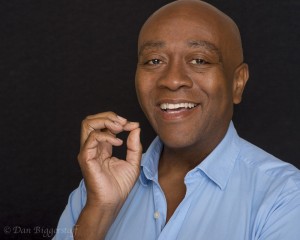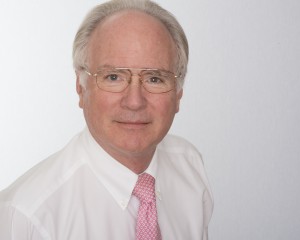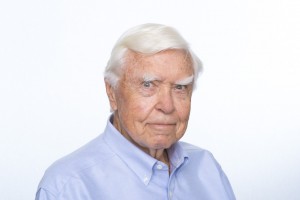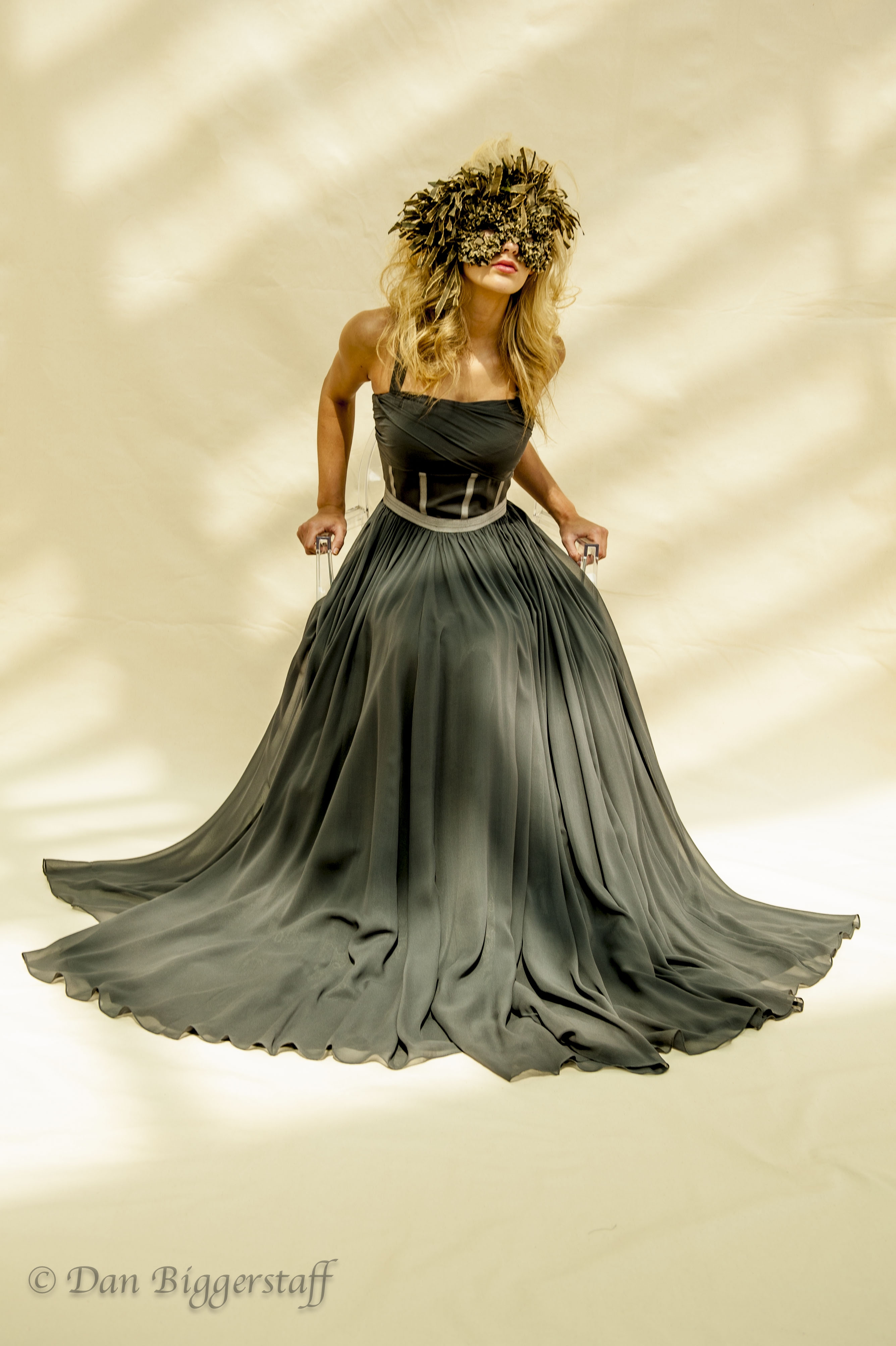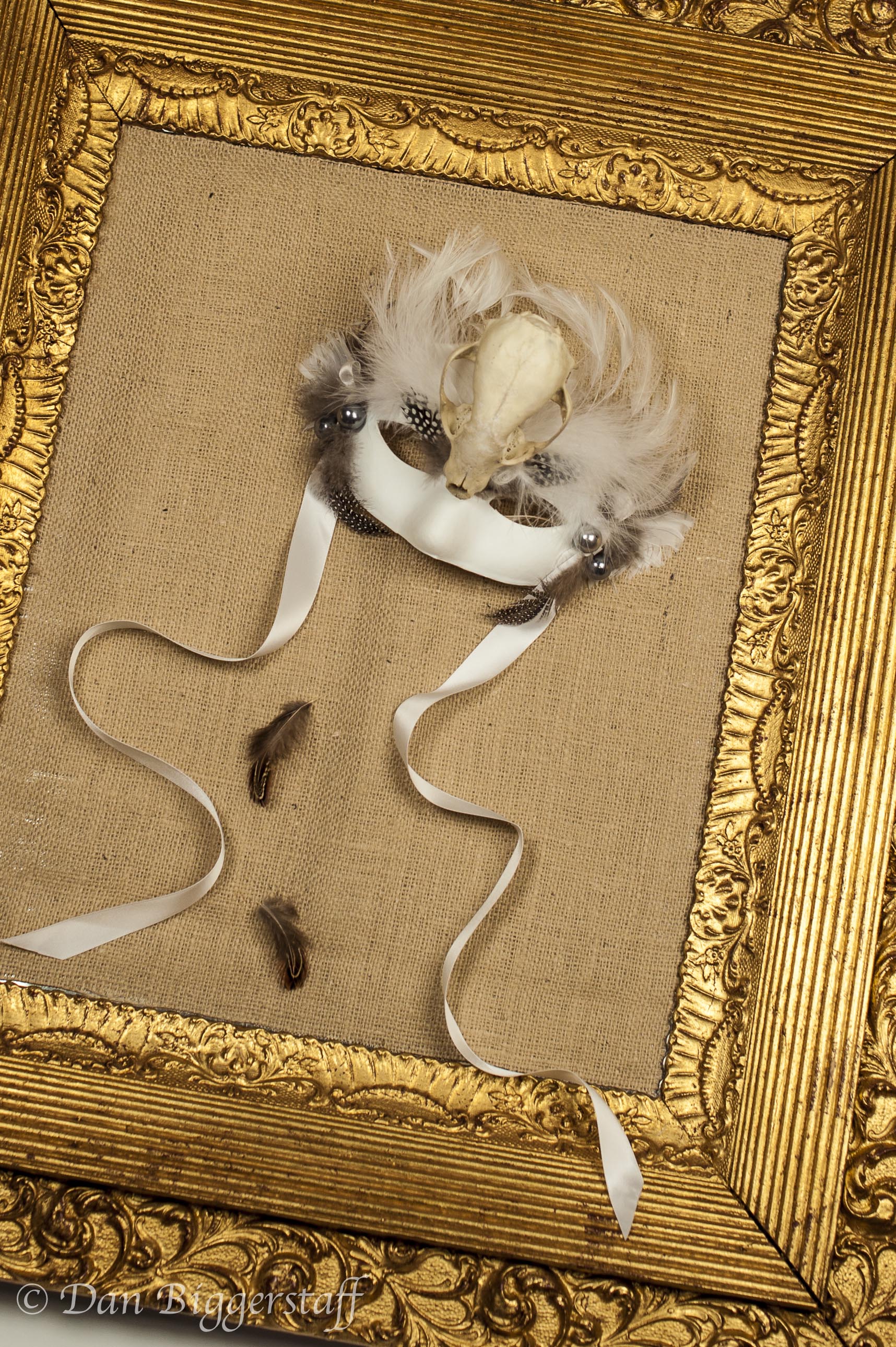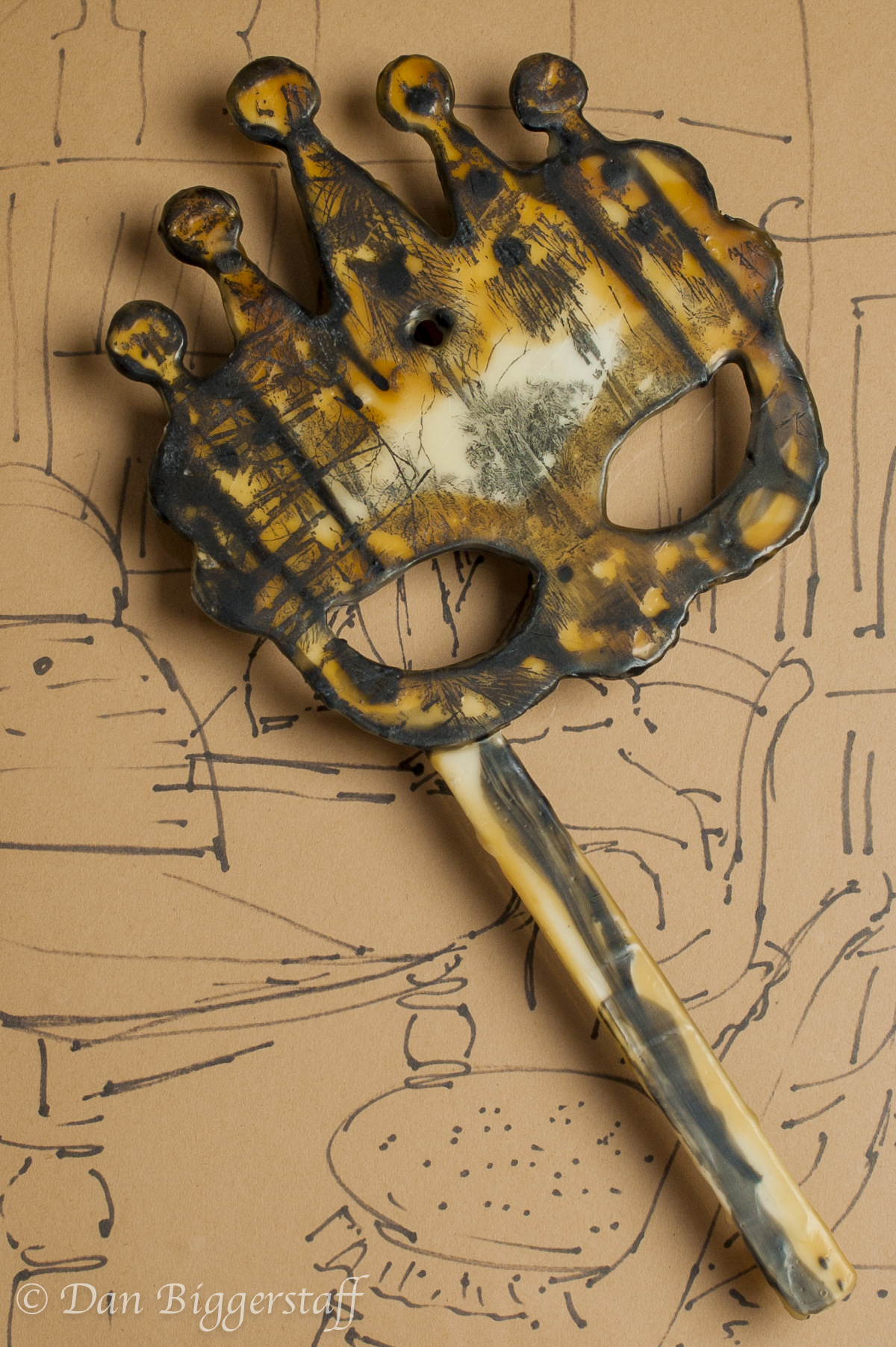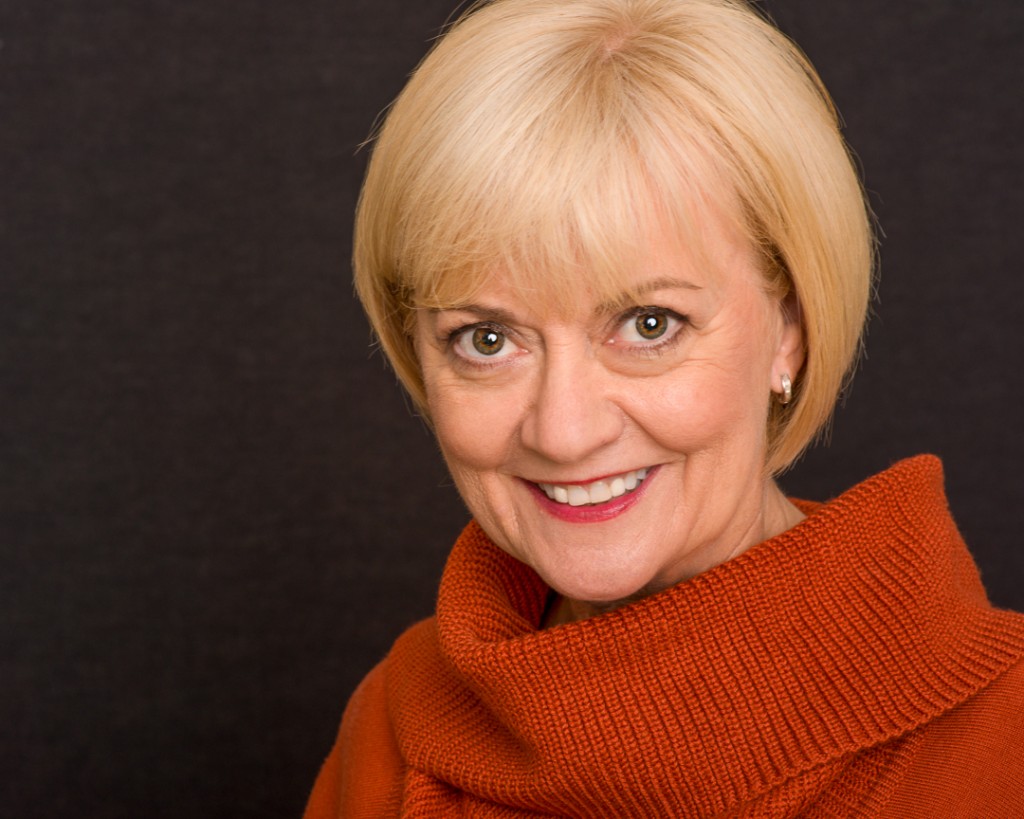
I have had recent requests for headshots from clients not understanding what a headshot really is and what goes into creating a good headshot. Their thoughts were they would “stop by” and get what they wanted in 5 minutes. A snapshot can be taken in less than 5 minutes but not a good headshot.
A headshot should say something about who the person is and should be something they can use, proudly, for years to come. The technical aspects of the photograph include the lighting, the camera, and the background. Lighting can be ambient but is more easily controlled with flash, either off-camera speedlight or studio flash, both used with modifiers to control the quality and spread of the light. Today’s high-resolution DSLR cameras provide the ability to capture exquisite photos that may be used on social media or blown up for larger portraits. In a good headshot, you can see individual eyelashes – almost scary, but in a way, elegant. Most headshots are taken in color and can be easily converted to black and white if preferred. The background in most headshots should be “neutral” and not pull the eye away from the face. The most frequently used backgrounds in headshots are white or black backdrops, although any solid color may be chosen. Natural backgrounds may be chosen and can range from almost any wall or structure to landscapes. Lens-choice and setting on the camera can allow complete blurring of the background to eliminate distractions from the face – this is called bokeh.
Subject preparation is of utmost importance and includes clothing and accessory choices in addition to hair and makeup. Frequently during a headshot session, she (or he) will do one or two wardrobe changes. It is best to stay away from bold patterns which would take the onlooker’s eye away from the face to the clothing itself. The same thing applies to jewelry which should be subtle or not worn at all – bright areas in the photograph pull the eye away from the face. Ideally, hair and makeup will be done by a professional who is aware of the nuances that look good in a photo. For instance, blemishes should not be caked with makeup but can easily be eliminated in post-production editing.
The headshot photo session in my hands usually takes an hour or so, sometimes less and sometimes more. This allows time for wardrobe, lighting, and background change – sometimes there will be makeup touchup. Ideally a stylist will be present during the shoot to make any adjustments that are needed. With all of the components completed, the actual shoot begins. Most people do not like having their photo taken, but with a professional photo shoot love the results. After the shoot is over, I would guess that 90-95% of my clients say the shoot was fun. It usually takes a few minutes to relax in front of the camera, although some get great photos early in the process. Very subtle changes in expression and head and shoulder position are directed by the photographer that result in the desired look.
Post shoot editing typically takes a couple of hours. After this the photos are ready for viewing and use/printing. Now that you know what is involved in getting a great headshot, the obvious question is cost. A friend of mine in NYC who is nationally known gets $2,000 per session, in addition to the fee for hair and makeup on location. Savannah is not NYC and the fees charged by the pros are usually $350-$700. With SCAD in town, you can find headshots for less than this, but you get what you pay for.
Here are a few more headshots showing different lighting and backgrounds.
Copyright Dan Biggerstaff Photography. All Rights Reserved © 2018

